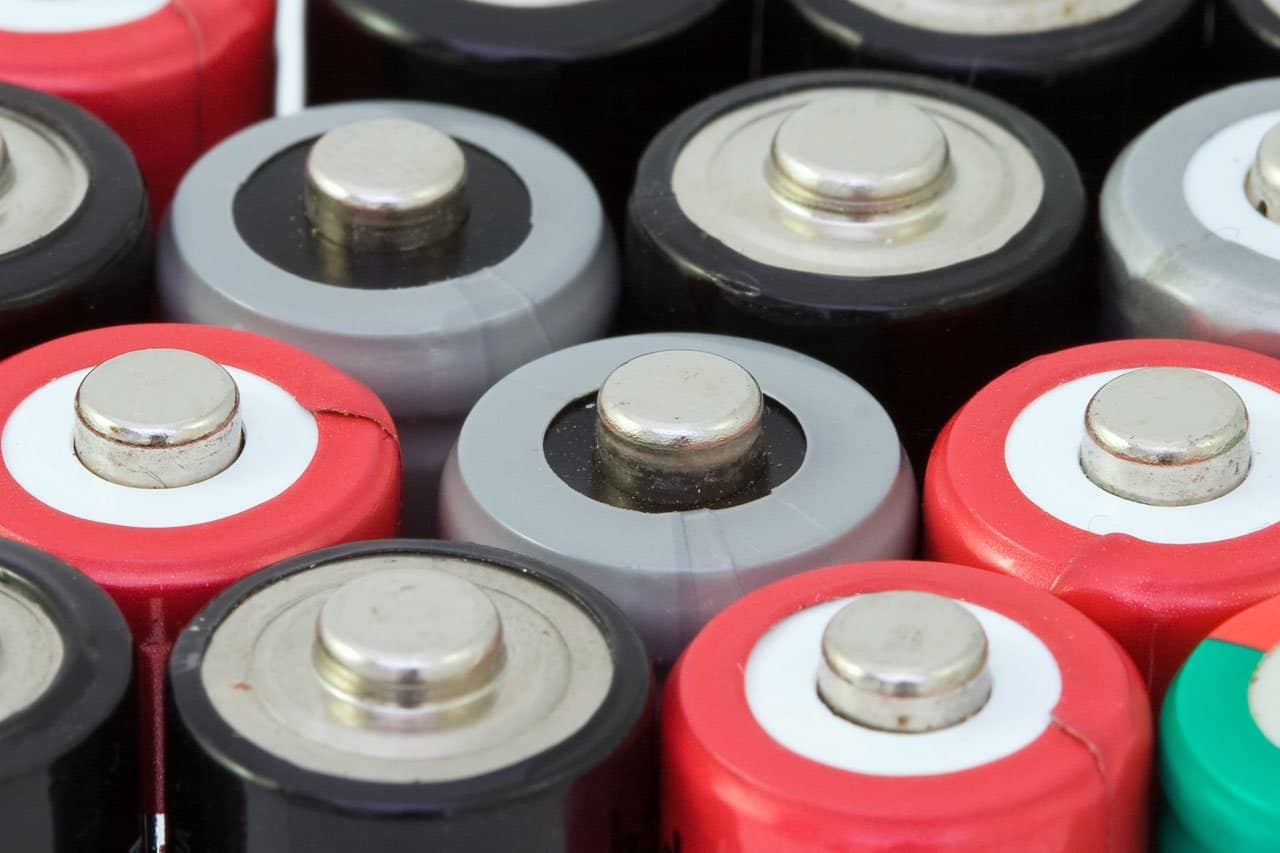(Some randomness here, but don't feel like making a bunch of different posts)
The Model S 85 type cells are something completely custom. They're similar to NCR18650B in many regards, but not exactly. Tesla's definitely done something to the mix to make them capable of handling much higher than the listed NCR18650B charging rates... seemingly at the expense of some rated capacity. The other tradeoff seems to be that extended use of this higher charge rate capability would cause the "surface charge" capability of the cells to deteriorate over time, resulting in a faster ramp up in IR than new cells, or cells that didn't supercharge, when under initial load/charge as the cell degrades.
Interestingly, this change doesn't seem to negatively impact capacity loss substantially, just impacts the ability to efficiently use that capacity due to the IR increase. I've got well over 1.5 million miles worth of simulated supercharge trips on a few 85 pack type test cells I've had running for around 7 years now, and they're still going strong with > 65% capacity retention. In fact, continued capacity loss is almost non-existent and holding level. I expected them to completely fail at some point, but they haven't. However, judging by the IR profiles of these, if they were driven harder than my original simulation (which emulates some real highway trips I've taken over and over from before superchargers were as plentiful and I was driving efficiently) I think the performance drop would be quite noticeable... possibly even unusable for more than reasonable chill/efficient driving.
On the flip side, all of the gen1 90-type cells I've tested have all failed (capacity drop off a cliff to basically nothing). The first 100 type cells I had under test also appear to be close to failure (beginning of the cliff appears to have begun). The original release 90 type cells are absolute trash. Every single gen1 90 pack would have far less usable capacity today than an 85-type pack would with the same mileage.
I'm not a chemist, so I don't fully understand what changes they made and why they have the effects they do, but this is what I've seen in my own long term testing.
An important note: Unfortunately I don't own the equipment I've used for these ongoing tests. It was strictly licensed to me years ago where the company would have full rights to data produced by the equipment (exceptions being super high level data like noted above). They intended to showcase the data from the ultra accurate testing of cells from all over the world as part of their marketing push at release. However, the company that originally designed them is now bankrupt and never released the product publicly. I've not been able to purchase or otherwise acquire any rights to the equipment or data produced by the units as of yet... and I don't want to end up on the wrong side of their lawyers at the moment. I'm hoping that changes as this winds its way through bankruptcy court, as I'm attempting to buy the prototype equipment and release from the original contract/license as part of their financial settlements. Hopefully it works out, because I have a lot of interesting data about these cells...







